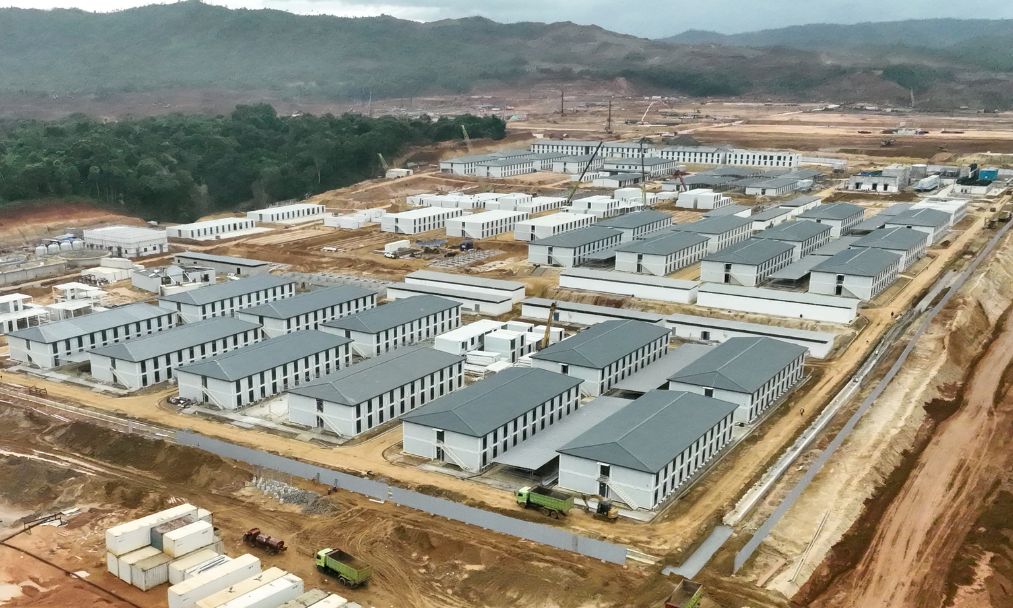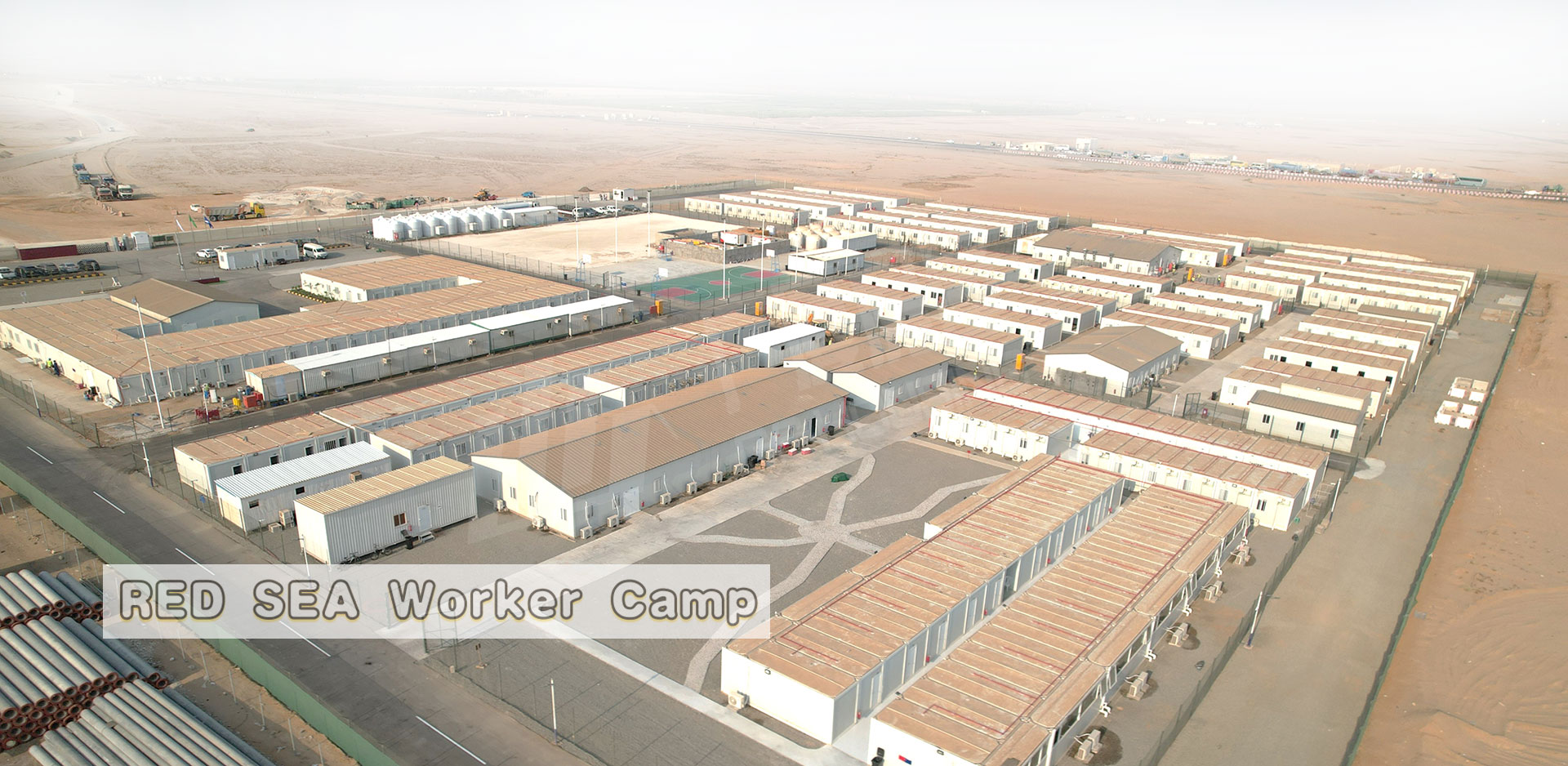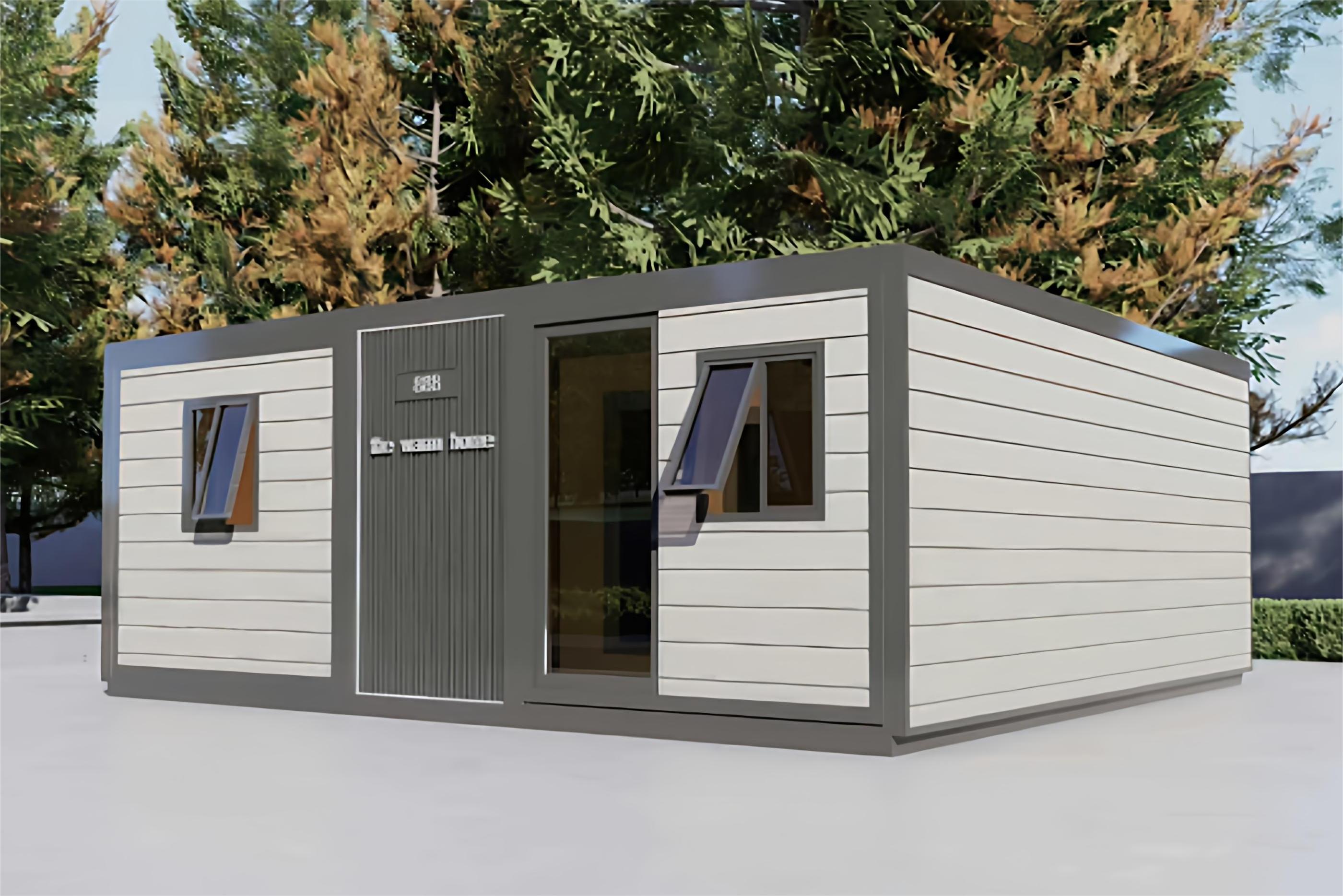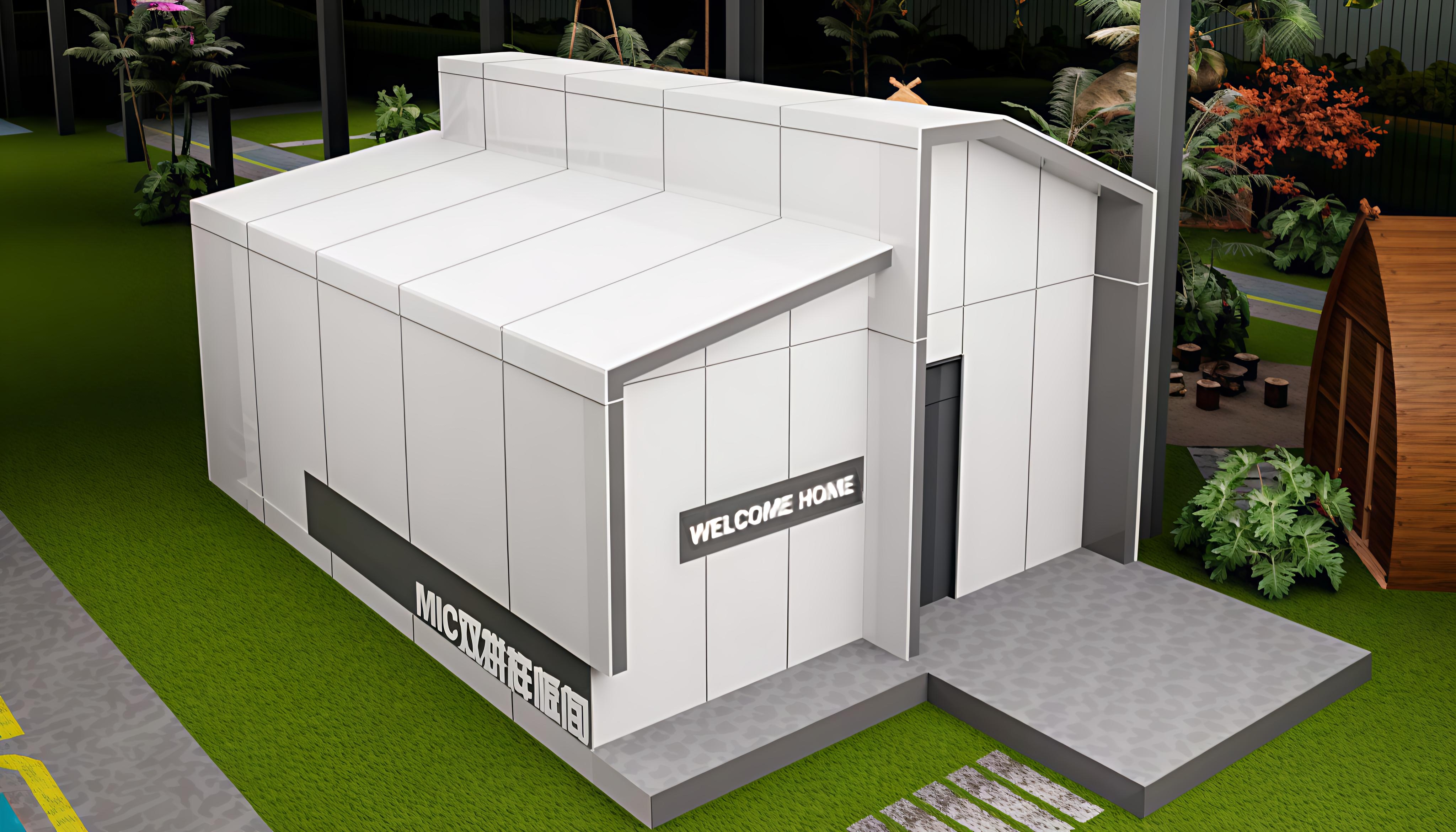What are mining accommodation camps?
Near mines, workers live in temporary or permanent settlements known as mining camps. These modular camps provide miners with basic needs such as housing, food, recreation, and medical care, making mining operations possible in areas where facilities are scarce.
Location: Mining camps building are often located in remote and harsh areas.
Facilities: Mining camps facilities can be as simple as basic container units or as complex as fully functional mine site villages, providing food, recreation, and medical care.
Benefits: they provide a place for communication, reduce travel time, and foster teamwork. Challenges: Harsh conditions: difficult terrain, remote locations, and inclement weather. Unsanitary conditions: lack of support facilities, water contamination, and overcrowding. Violence and illegality: border conditions and land ownership conflicts. Environmental impacts: Landscape destruction, mining-related water pollution, and deforestation. 
What can be done to make life better in a mining camps ?
We suggest three types of sustainable mining housing construction to make miners’ lives and work better and give them enough time to relax and have fun after work: permanent modular buildings, flat packed container houses, and expandable container homes.
There are advantages and disadvantages to each option in terms of customisation, portability, and speed of construction.
Expandable container homes: These mobile homes are easy to move and install, and they can be used as living and working spaces for about 10-20 years. The foldable houses are known for being mobile and flexible, which lets them easily change to meet new needs.
Flat-packed container homes: Flat-pack housing is great for mining sites that need to grow quickly; the house can be put together and taken apart quickly. as well as cost-effective.
Permanent modular construction: the modular buildings are made up of prefabricated modules, which makes it easy and quick to build permanent buildings. The building can be made according to your needs.
Which kind of prefabricated labour mine camp is best for you?
Choose the suitable mining camp solution that works best for you based on things like cost, speed, comfort, durability, and how long the project will take.
1.Flat-packed container house
Pros:
Foldable Transport: Its flat design drastically lowers logistics costs by reducing its volume to only 25% of its unfolded size.
Simple Assembly: three to four workers can finish installing a single unit in a few hours.
Ready to Use: The flat-pack housing can be placed directly on flat ground.
Low Cost: Compared to permanent modular buildings and pop-up foldable container homes, it offers lower costs.
Modular Expansion: It can be spliced together to create larger spaces (offices, cafeterias, etc.).
No Site Requirements: Suitable for complex terrain such as steep slopes and muddy ground, and can even be constructed overhead.
All done Basic Features: Wiring ducts that are already in place, door and window openings, and easy access to water and electricity.
A standard container unit (2.45 m / 3 m x 6 m) can hold 4 to 6 people for living or working.
Cons:
Technical Requirements: skilled workers are needed to install the house; otherwise, the installation time will be longer.
Regular inspection: after long-term use, the container house needs to be checked and maintained on a regular basis.
Suitable for: emergency housing, various worker camps.

2.Expandable container house
Pros:
Quick Setup: Installing is quicker than with regular buildings and basic prefabricated homes.
Comfort: When opened up, it has more room inside than regular container buildings or prefab homes.
Durability: The sturdy steel structure of the folded house withstands harsh conditions and is easy to transport.
Modularity and Expandability: Can be stacked or combined. module units can be easily added or removed as the size of the staff camp changes.
Relocation: Relatively easy to relocate to a new location.
Cons:
Higher Cost: More expensive than flat packed prefabricated houses but cheaper than permanent modular buildings.
Assembly: labour is need for on-site assembly
Ideal for the projects that put employee comfort and retention first, and mid- to long-term worker camps (10–20 years).

3. Permanent Modular Construction (PMC):
Pros:
Highest Quality and Comfort: Factory-built near the traditional building standards, featuring high-quality finishes, excellent insulation, spacious layouts, and modern amenities. Ideal for long-term occupancy.
Speed (Compared to Traditional homes): Because modules are made in factories, site preparation can happen at the same time, which makes the whole construction process go faster, In addition, on-site labour will be decreased by 70%.
Scalability and Flexibility: Module units can be combined into various configurations to meet different needs (dormitories, apartments, offices, clinics, gyms).
Lifespan: more than 50 years, just like regular buildings.
Relocatable: PMCs are heavier, but they are well-made and can be moved.
Compliance: the modular complex can be made according to local building codes.
Cons:
Most expensive at first: The costs up front are much higher than other kind prefabricated or containerised housing solutions.
Longer lead time: planning for design, factory production, and shipping is needed.
Site needs: Large modules and cranes need to be able to get to the site easily. A lot of site foundation engineering is often needed.
Poor short-term flexibility: too complex for very short-term projects.
Best suited for: large, long-term mines (50+ years), “company towns”, luxury projects, locations with strict building codes, on-site headquarters, and permanent facilities. Best suited for converting “camps” into “communities”.

Choosing the right mining site accommodation solution: key considerations
Mine housing expectancy: 10, 20, or Indefinite?
Mine camp budget: Total vs. Upfront Expenses
Velocity: How soon must you be up and running?
Comfort and retention of workers: What level of living is required or anticipated in order to draw in and keep talented workers?
Site conditions include ground conditions, accessibility, remoteness, and climate.
Scalability/Flexibility: Will the worker camp’s dimensions need to adjust?
Relocation: the labour camp for single-time use or multi-time use?
Regulations: Local building codes, health and safety standards for worker accommodations
General recommendations for mine labour camp
Medium-term (10-20 Years): Expandable container housing or flat pack portable cabin.
Long-Term/Permanent (50+ Years): Permanent Modular Construction (PMC)
Mixed mine camps: the best solution, with PMCs for core administrative/recreational facilities and long-term senior staff, and expandable containers and flat pack porta cabin for general staff, short-term contractors, or auxiliary buildings.
By carefully weighing these factors and the pros and cons of each solution, mine companies can choose the best labour accommodation camp strategy for their specific project.
GS Housing, as a professional mine camp service provider, shows you an indonesia mine camp video
Post time: 18-08-25




